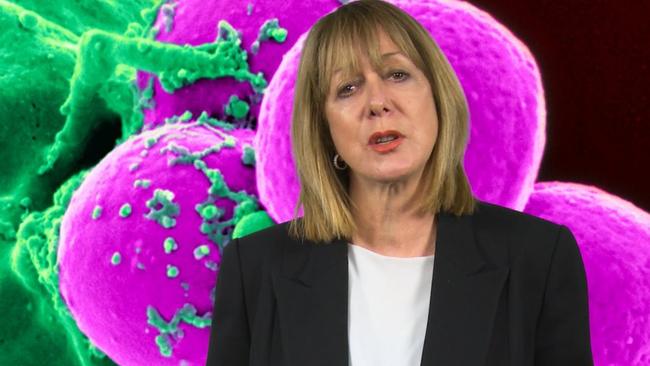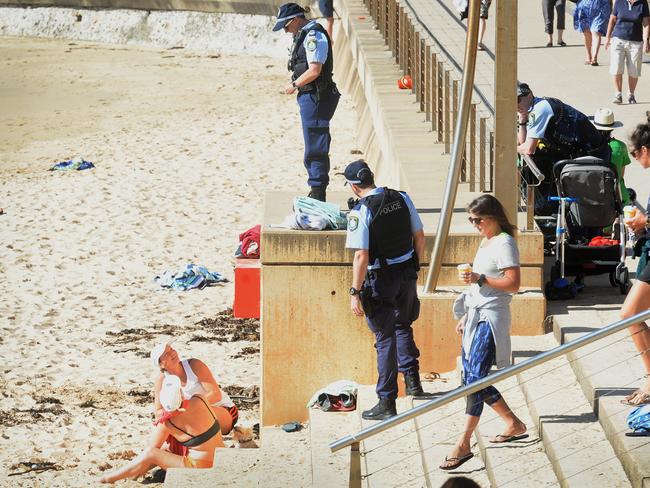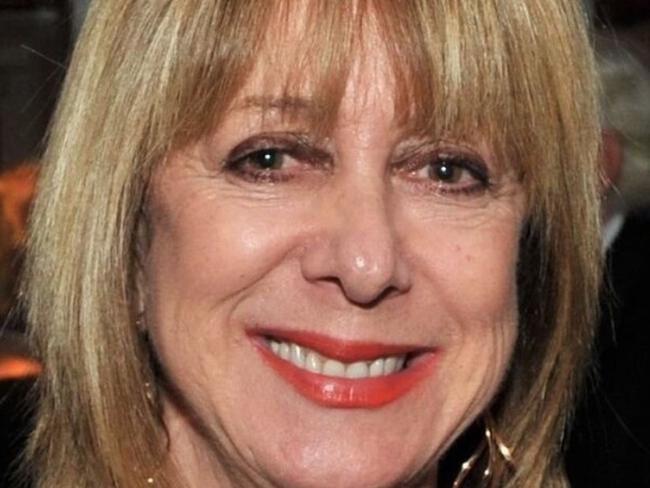Coronavirus: Prof Mary-Louise McLaws warns people not to relax over reduced cases
An infectious diseases expert says the latest localised COVID-19 stats are positive, but it is more important than ever to maintain social distancing if we want to beat it.

Manly
Don't miss out on the headlines from Manly. Followed categories will be added to My News.
- Cut Manly off from world, advises health expert
- Construction worker impaled through chest, back by iron bar
An infectious diseases expert says while the latest COVID-19 figures for NSW look promising she recommends social distancing restrictions should be kept in place until at least June.
Professor Mary-Louise McLaws, an adviser to the World Health Organisation, said the numbers are “cautiously positive” but people can’t relax at all as it only takes a couple of new cases to cause a problem.
It comes as NSW Health released recovery numbers for each local health district for the first time.

Although there are no figures available on how many deaths there have been in each local health district – there have been a total of 42 across the state – the data gives people a rough idea of how many are still sick with the virus in their area if you subtract recovered cases from the total.
The UNSW professor said the data is still useful in giving people some idea of ‘active’ cases.
She said in the Far West Local Health District there is just one ‘active’ case in Broken Hill recorded on April 2 and therefore could be coronavirus free shortly.
On the other hand the Northern Sydney Local Health District has around 150 ‘active’ cases and therefore the risk of the virus spreading is far higher.

“Active cases tell us how much risk there is to the community,” Prof McLaws said.
“A lot of cases are being looked after at home or in residential care facilities.
“These carers are not experts in infection control.
“There’s still a risk.”
Professor McLaws said some people are starting to relax and they shouldn’t.
She warned social distancing is essential to beating the virus.
She said the way forward is for the government to be more proactive with testing especially in hotspots such as the northern beaches, Waverley, Ryde, Hornsby, Blacktown and other areas where there have been cases where health trackers have been unable to trace the source.
And, she said she is keen to see even more localised data than by postcode, including death rates, which will help people better understad the risks in their community.
In total across the state there have been more than 3000 cases across NSW.

